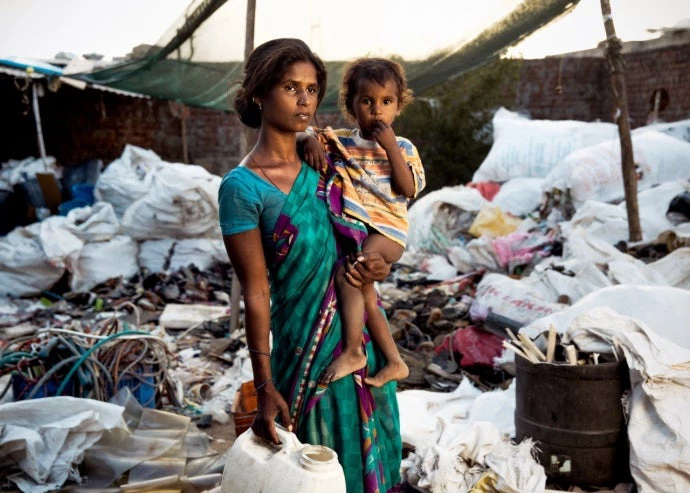
In the photo, a beautiful woman named Radha holds her young child in a bleak landscape strewn with refuse. The photo caption reveals she is a rag-picker in Jaipur, India, one of millions making a living from collecting and selling the things other people throw away. We learn that shortly after the photo was taken, her husband died.
Radha’s image and story, captured by photographer and artist Tierney Farrell (@tierneyfarrell) in June 2014, was one of 10 photographs selected by National Geographic Your Shot as winners of the #endpoverty hashtag challenge this summer.
In a note to the photographer, National Geographic’s Erika Larsen explained why the photo was chosen: “This is a beautiful image but more importantly you have given us a story. You have followed her life for an amount of time and made us care about her situation.”
Making people care is one powerful way to fight poverty. Thirty years ago, images of mass starvation in Ethiopia prompted a global response to address the problem. Today, a projected 700 million people live in extreme poverty, on $1.90 a day or less, trying to feed and clothe their children in very adverse conditions. Millions more live just above this poverty line but still face daily struggles to meet their families’ basic needs and to avoid falling even further into poverty. These numbers are too big to imagine, but a photo can offer a glimpse of another person’s reality and raise awareness.
The #endpoverty hashtag challenge, a partnership between National Geographic Your Shot and the World Bank Group, asked photographers to show what #endpoverty meant to them. How are people helping other people live better lives? How are people helping themselves? What does resilience look like?
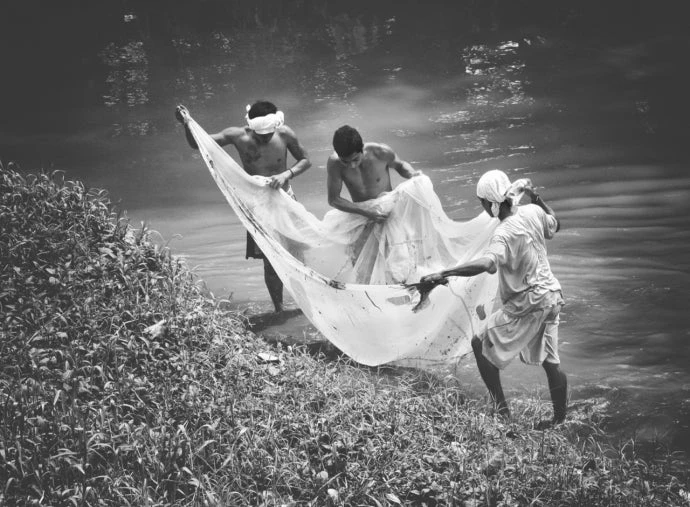
To Henry Doctolero, Jr. from Davao in the Philippines, #endpoverty was embodied in three young men fishing from the local river to earn enough to survive another day. “Matina River is not clean as other rivers in Davao City. They don't mind if they got sick because of the water. They care about their families. I salute you guys,” said Doctolero. To Larsen, the image said “a lot about our deep desire to help each other and survive.”
The Your Shot images also bring attention to seemingly intractable problems. Austin Beahm of California focused his lens on a “charcoal transporter” in Vietnam, carrying his burden over mountainous terrain. The man is a member of the Hmong ethnic minority in Northern Vietnam and among the poorest of the poor, said Beahm. “Charcoal transporters are paid as little as five dollars a day to produce and haul large loads to nearby cities. It is grueling work, and contributes to #deforestation, and yet there are few options.”
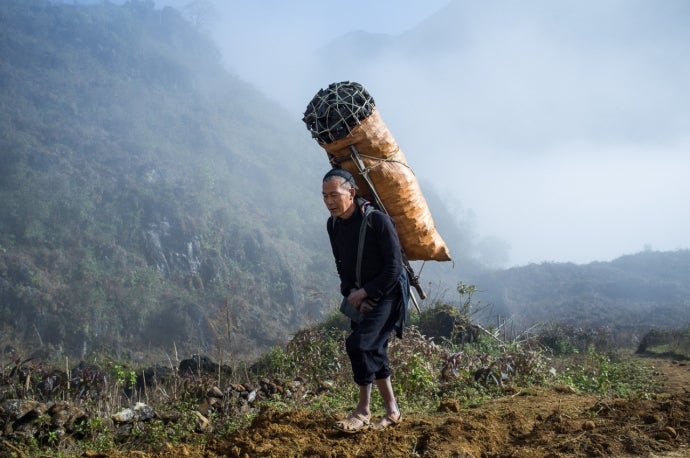
What are the solutions to poverty and lack of opportunity? Radford Davis offered some in the caption of his photograph of a mother and her four children living on one meal a day in Sierra Leone. “Even though she's part of a farming family, they don't have enough to eat,” he said. “Ways to improve farming, increase yields, and lower the work load, especially for women, need to be found.”
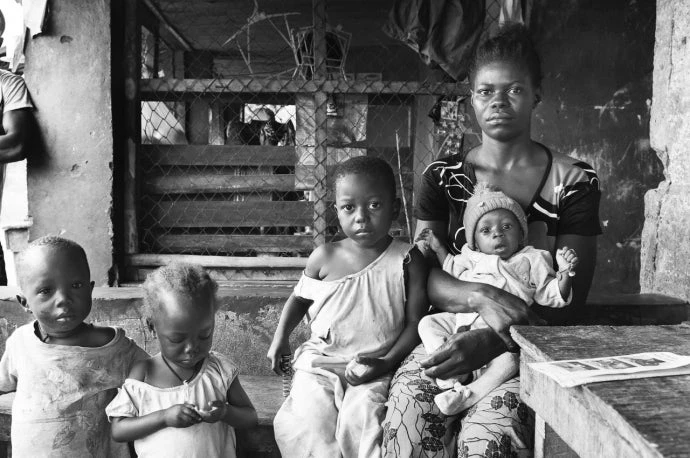
More than a billion people have escaped extreme poverty in the past 25 years. The World Bank Group and most of the world’s countries formally back the goal of ending extreme poverty by 2030. Seeing, listening, understanding, and finding solutions, can make it happen.
View the Your Shot winning photos on the World Bank Instagram to learn more about what we’re doing. Tell us what you think about the power of images to end poverty.

This blog was originally posted on Medium.

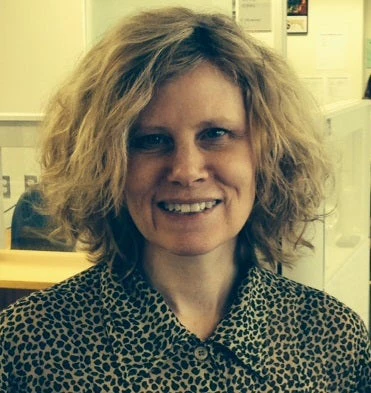
Join the Conversation